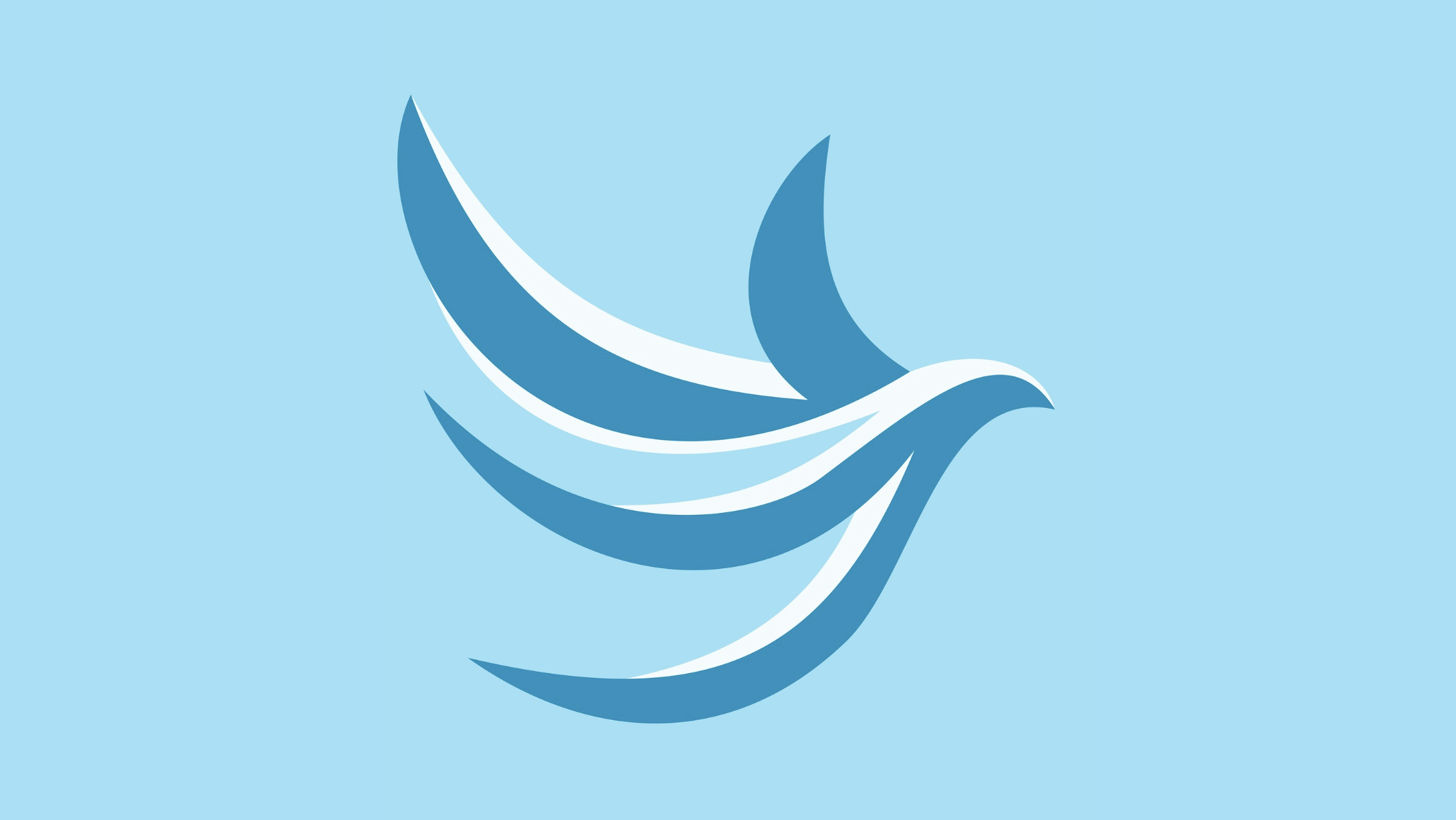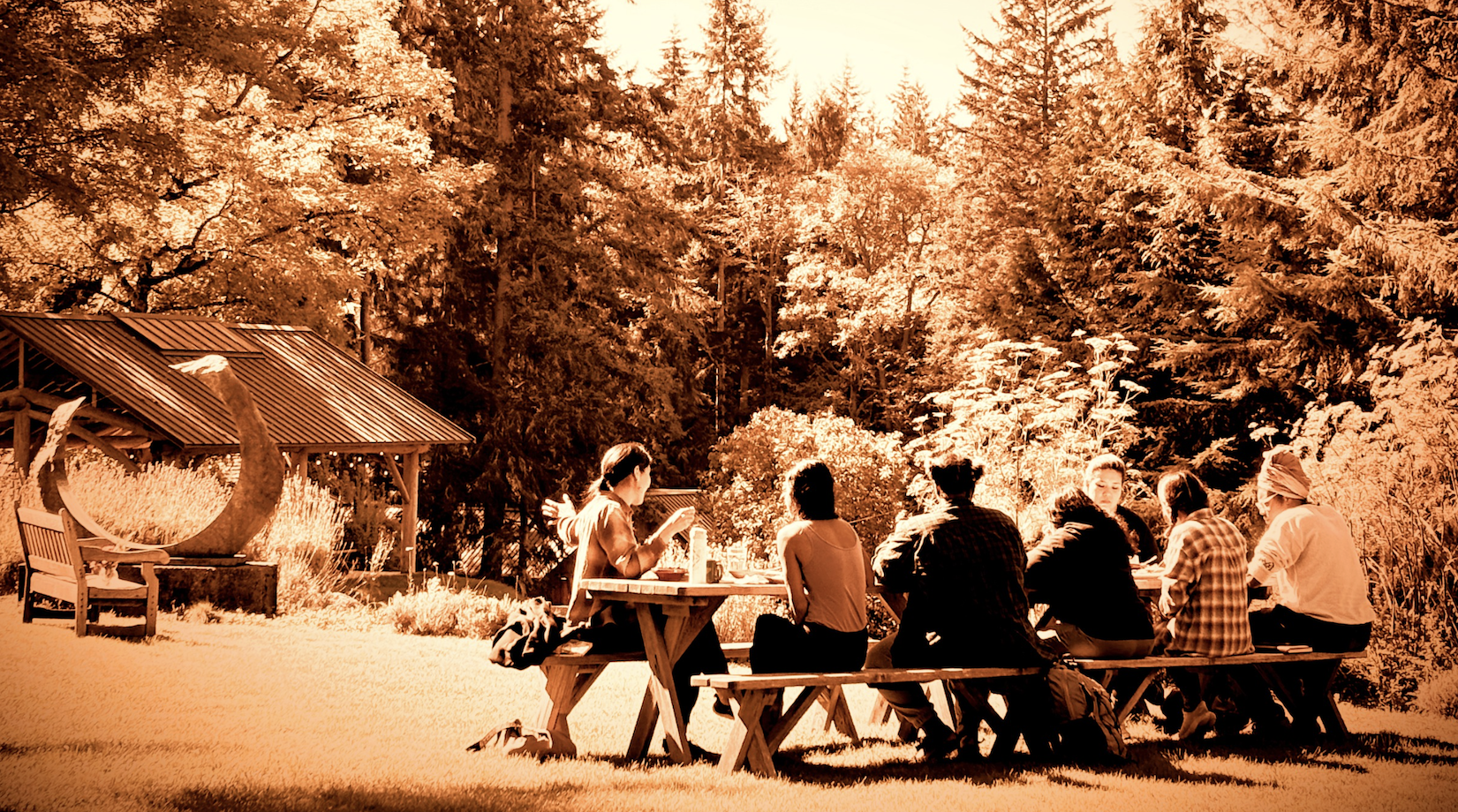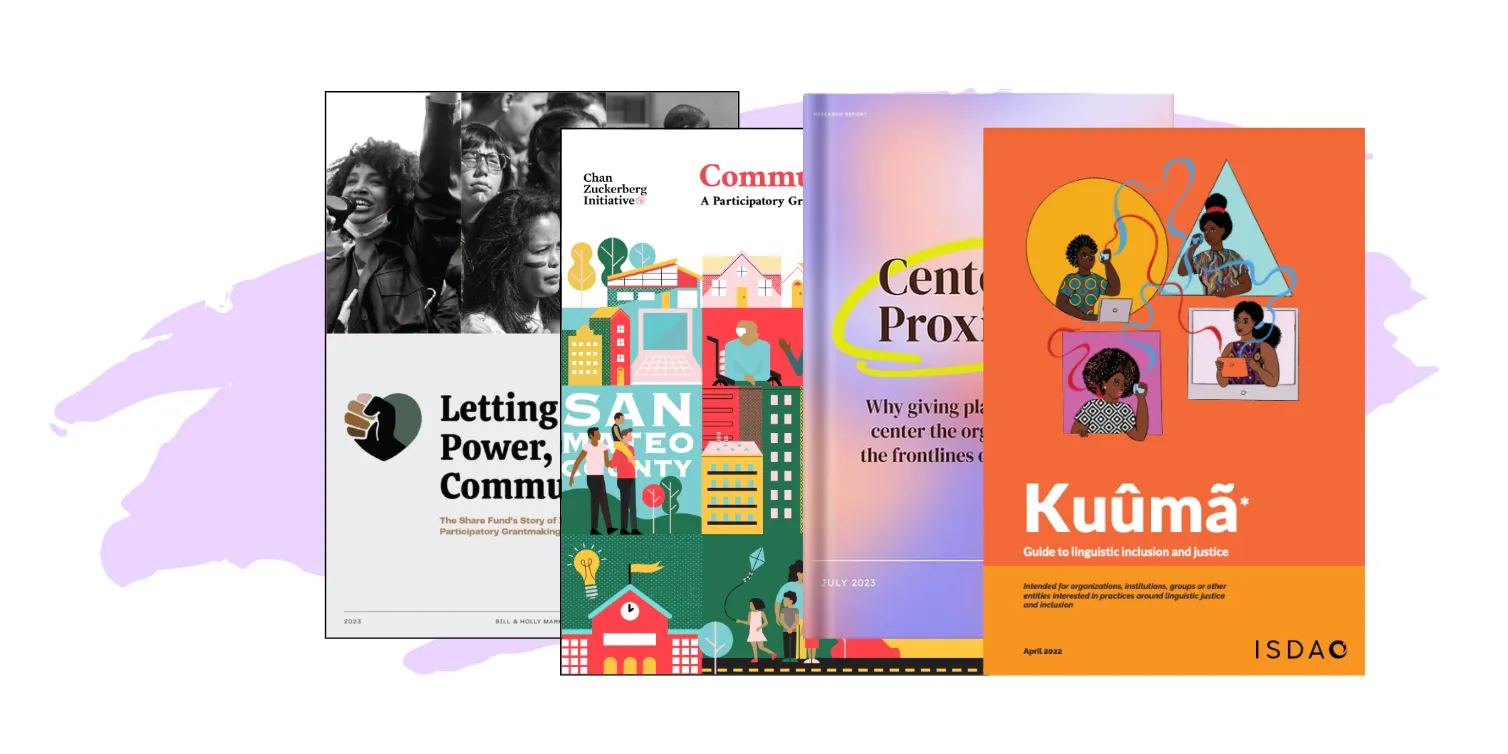Donor collaboratives are on everyone’s mind.
Last month, the Gates Foundation hosted a summit where hundreds of philanthropy leaders came together to talk about collaboratives, building on their resource hub. The conference came on the heels of September’s report on collaboratives from philanthropy advisor Bridgespan.
The Bridgespan report maps the sharp rise in collaboratives over the past several years. The report surveyed nearly 200 collaboratives that collectively deploy more than $2 billion a year. Many of those were founded in the past few years.
A notable data point from the survey: donor collaboratives are twice as likely as traditional foundations to self-report that they engage in participatory grantmaking. Out of the collaboratives surveyed, 39 percent report using “participatory mechanisms” to make funding decisions. That’s double the rate (20 percent) found in a 2020 Inside Philanthropy survey of foundations.
Collaboratives also hit high marks on other measures of grassroots-oriented grantmaking: per the survey, they are more likely, on average, to offer unrestricted capital, multi-year funding, and larger grant sizes. They are also more likely to be led by people of color, and to direct money towards underfunded issues like climate justice, gender justice and racial justice.
Still, some argue that the collaborative format, despite the name, is not a panacea for the shortcomings of traditional top-down philanthropy. As with any innovation in the field, the collaborative model can be applied in many different ways, and the field is still testing different models.
As Zanele Sibanda of Fenomenal Funds told me: “There’s a long way to go for models that involve collaborating with grantseekers to be the norm within collaboratives.”
I work with a donor collaborative, and have seen the power of the format for investing in new ideas and helping donors become more comfortable with power-shifting approaches. But as with any new trend, it’s important to question it on its own merits. Does the growth of collaboratives align with calls for more participatory, liberatory, grassroots-oriented philanthropy?
The Rise of Collaboratives
The recent Bridgespan report documents the remarkable emergence of collaboratives in the last forty years, and in particular the past decade.
The roughly 200 collaboratives that responded to the survey collectively deployed between $2 billion and $3 billion in 2021, comparable to the amount that flowed from US private foundations to donor-advised funds that year. More than half of those collaboratives had been founded since 2010, a sign of the models’ growing popularity.

What’s behind collaboratives’ appeal? For some, it’s the sheer complexity of today’s challenges.
“The crises today are simply too big,” says David Gordon, advisor for the Environmental Defenders Collaborative and former Executive Director of the Goldman Environmental Prize. “Funders are beginning to understand that they can’t tackle issues alone.” Gordon says that when activists need funding immediately, like environmental defenders who face repression and intimidation, some of the structures of “old philanthropy” can take too long.
In fact most of the people I interviewed said this is one of the main reasons donors enter into collaboratives. As Isis Krause from Philanthropy Together outlines: “They see that the challenges facing our world are so complex, there are so many crises and it's so systemic that, having an individual one to one approach with one funder, trying to find the perfect solution for a single issue, is not going to meet the scale of the challenge.”
For other donors, the benefits of collaboration have more to do with the opportunity for innovation and experimentation. A common refrain in Gates and Bridgespan content is that donor collaboratives are more inclusive: Bridgespan argues that “a substantial number of [collaboratives] have charted a course that differs from traditional philanthropy: they tilt toward equity and justice, field- and movement-building, and leaders of color.”
Indeed, the structure of collaboratives allows donors to be more flexible and risk-oriented than they could otherwise be. That’s where participatory models come in.
Collaboratives and Participation
In the Bridgespan survey, forty percent of collaboratives self-reported using some form of participatory grantmaking.
Specifically, when asked about their grantmaking models, 39 percent of nearly 200 collaboratives said they use “participatory mechanisms”. That’s double the rate of foundations overall, per a 2020 Inside Philanthropy survey.
Another 30 percent said they rely on “a panel of external advisors/experts”, while the most common response was “an internal management team/committee selects grantees.”)

This is the first data set that provides this kind of insight. While it's important to note that this information was self-reported, it is still a notable development. To this point, stories of participatory grantmaking have been on a case-by-case basis:
- The Global Greengrants Fund hosts the Environmental Defenders Collaborative, which adapts Greengrants’ regional committee model to direct funds to at-risk environmental leaders.
- Borealis Philanthropy hosts a series of collaborative funds that are governed by proximate leaders, on themes from policing to disability rights to racial equity in journalism.
- Fenomenal Funds is a collective of more than forty women’s and feminist funds; they use a participatory and non-competitive model to distribute funding across the network.
Beyond participatory grantmaking, collaboratives also hit high marks on other measures of trust-based philanthropy: they are more likely to offer unrestricted capital than foundations (47 percent vs. 21 percent in an old CEP study) and data show they also offer more unrestricted funding and larger grant sizes. They are also more likely to be led by people of color (58 percent vs. 14 percent) and to be led by women and gender nonbinary people (73 percent vs. 58 percent).
In general, the fact that decisions in collaboratives are outsourced make it easier for philanthropy leaders to try out new and innovative ways to operate.
A Mixed Bag
But it’s not all good news. Some grassroots leaders I spoke with warned that the donor collaborative format is not a panacea to the broken power dynamics in traditional philanthropy.
For one thing, the majority of donor collaboratives are still not participatory. The largest percentage of collaboratives reproduce the same grantmaking dynamics in traditional foundations, with an internal management team selecting grants. Less than half offer unrestricted support.
One important nuance of the Bridgespan data was that collaborative funding remains highly concentrated: about 10% of the collaboratives in the survey, or 23 total, accounted for 60% of total funding. Anecdotally, many of the participatory collaboratives I heard about were smaller in nature, which implies that the total number of dollars distributed in a participatory manner may well be lower than 39 percent.
As Bridgit Antoinette Evans of the Pop Culture Collaborative told me, “There are some funders who are willing to share or transfer power, but they’re not the majority. Some still want to hold onto the power to decide where wealth is transmitted.”
Critics argue that the very nature of consolidating philanthropy can be detrimental to grantseekers. In their article How Philanthropic Collaborations Succeed and Why They Fail, Alison Powell, Susan Wolf Ditkoff and Fay Twersky explore how the multi-headed donor model can be more burdensome to grantee partners, who now have to report to multiple funders at once. And in a small funding ecosystem, it can reduce resiliency.
As one grantee observed: "Previously, if one funder walked away for whatever reason, I could still scramble and go to two or three others. But if all of the big funders in my field are around the same table, it’s more than a little scary for me and my board.”
Others argue that collaboratives can be guilty of gatekeeping, especially those that are not time-limited. As some groups become established they can become “cliquey” and not collaborate with actors beyond their established partners. This shortcoming can be adopted by collaboratives as well.
Krause tells me this is both a pro and a con of collaboratives. “I've noticed that collaboratives are very aware of the power dynamics of gatekeeping because to some extent it's another structure in place but also they can absorb all of the harms of philanthropy in terms of donor practices and funder practices, so that their grantees don't have to deal with all of those harms.”
Finally, a concern among grassroots leaders is that traditional funders might use their involvement in a collaborative as a reason to remain inflexible in other areas: to claim the mantle trust-based without making any significant changes to the bulk of their grantmaking.
“If a collaborative fund is using the word equity or justice, [we need to make sure] that everybody's on the same page around what that looks like and what that means,” Krause says. “So we're not equity-washing another form of philanthropy.”
Looking to the Future
So, are donor collaboratives better for the grassroots? It’s certainly true that many collaboratives align with calls for more participatory, liberatory, grassroots-oriented philanthropy. But while it’s good news that the recent wave of donor collaboratives has been led by forward-thinking grantmakers, there is no guarantee that future collaboratives will follow that lead.
It’s clear that a lot of work still needs to be done in order for collaboratives to involve more of the movements they support in models where power is truly shared and participatory models are the norm. Beyond that, I also wonder if donor collaboratives using participatory grantmaking in traditional philanthropic organizations will push larger donors toward these practices or remain in this experimental space. Only time will tell.











.webp)

.webp)
%20(1280%20x%20720%20px)%20(41)%202.webp)
%20(1280%20x%20720%20px)%20(38).webp)
%20(1280%20x%20720%20px)%20(31).png)


%20(1280%20x%20720%20px).webp)











.webp)






.webp)
.gif)

.webp)

.gif)













